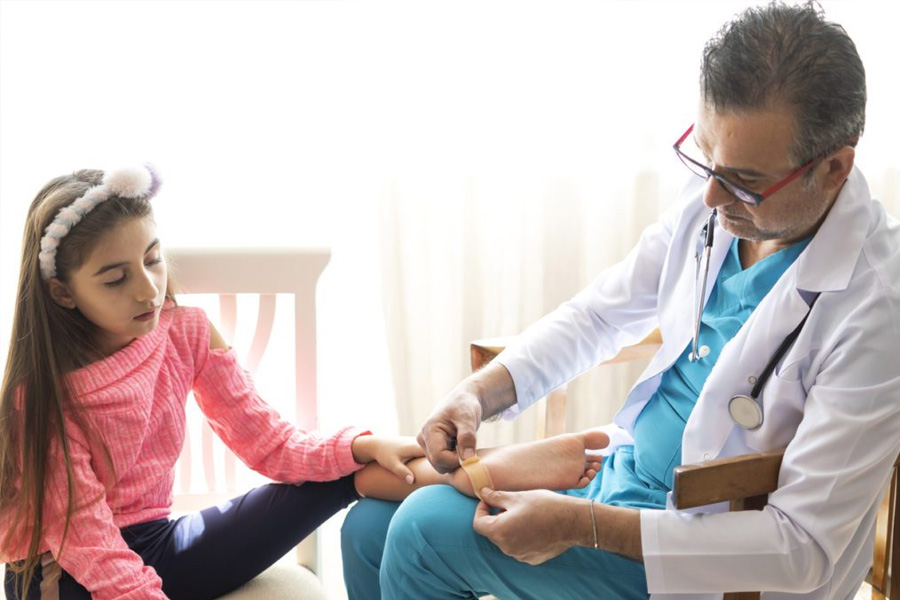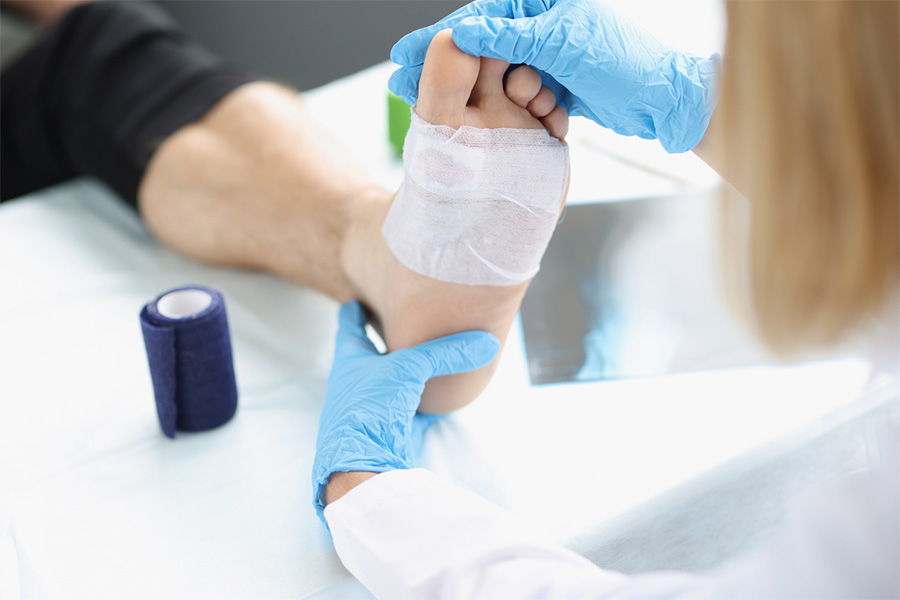Children are susceptible to diseases, conditions, and injuries just as much as adults. Their activeness increases the risk of developing injuries and acquiring conditions. One of the most commonly affected body parts in your children are their feet. Here are some of the most common pediatric foot disorders you should be aware of. If any of them apply to your child, visit a podiatrist.
Clubfoot
This condition describes a range of foot abnormalities that are often congenital. Its symptoms include:
- Twisted foot top, either downward or inward
- Foot that seems upside down
- Shorter leg or foot
- Underdeveloped calf muscles
Clubfoot can either be mild or severe, and it is present in both feet in half of affected children. Your child’s doctor will suggest treatment as this condition can make walking challenging. Fortunately, your doctor can often recognize this issue soon after the birth of your child and can offer solutions, surgical and nonsurgical, early on.
Flat Feet
Flat foot is a condition in which the arch of the foot is flat. This makes almost the entire foot touch the ground when standing. Flat feet are common in children, and they generally grow out of them. Your child may not feel any pain if they have flat feet. However, many people feel symptoms like ankle and knee pain.
If your child does not feel any pain, treatment is not needed. However, if they do feel pain, seek medical care. Your doctor may suggest the following to alleviate the pain:
- Arch supports
- Stretching exercises
- Supportive shoes
- Physical therapy
Heel Pain
Children are also susceptible to disorders that manifest as heel pain. A lot of conditions can cause heel pain, including plantar fasciitis and Sever’s disease. Although heel pain is often treatable, immediate medical care can prevent severe damage and chronic pain. A variety of treatments are available, depending on the cause.
Some common treatments for heel pain are:
- Ice therapy
- Physical therapy
- Pain medication
- Surgery
Other than these disorders, there are also other podiatric issues that can affect children’s feet. They include:
Ingrown Toenails
An ingrown toenail occurs when the side or corner of the toenails grow into the skin, resulting in pain, redness, swelling, and possibly, infection. This is a common ailment in children.
You can sometimes remove the ingrown toenail on your own, but in some cases, you need a healthcare provider to do it. There are some at-home remedies, but they do not always work for everyone. If the ingrown toenail doesn’t go away in a few days or symptoms get worse, see a podiatrist. If not treated effectively, ingrown toenails may lead to a serious infection.
Plantar Warts
Plantar warts are harmless skin growths that are caused by the human papillomavirus or HPV. It can affect babies and children through physical contact or contact with personal items like towels.
The symptoms of plantar warts are:
- A lesion on the bottom of the foot
- Calluses in cases where warts have grown inward
- Black pinpoints known as wart seeds
- Pain when walking or standing
Plantar warts usually form on the heel and other weight-bearing areas of the feet. There are some home treatments you can try to remove them. However, you should immediately seek medical care if your child has the following:
- Bleeding, painful lesion
- Multiplying warts despite treatment
- Diabetes
- Weak immune system
Pediatric Podiatrist In Cincinnati
Whether your child has a foot disorder or a minor issue, like an ingrown toenail, podiatrists can help bring relief quickly and effectively. Don’t let your child suffer – seek medical attention for their podiatric needs today.
The doctors at Cincinnati Foot & Ankle Care also value your child’s welfare. We have 18 offices in Cincinnati, Ohio, ready to help with your child’s podiatric needs.
Call our office near you to make an appointment. You may also request an appointment online. We look forward to helping you!





